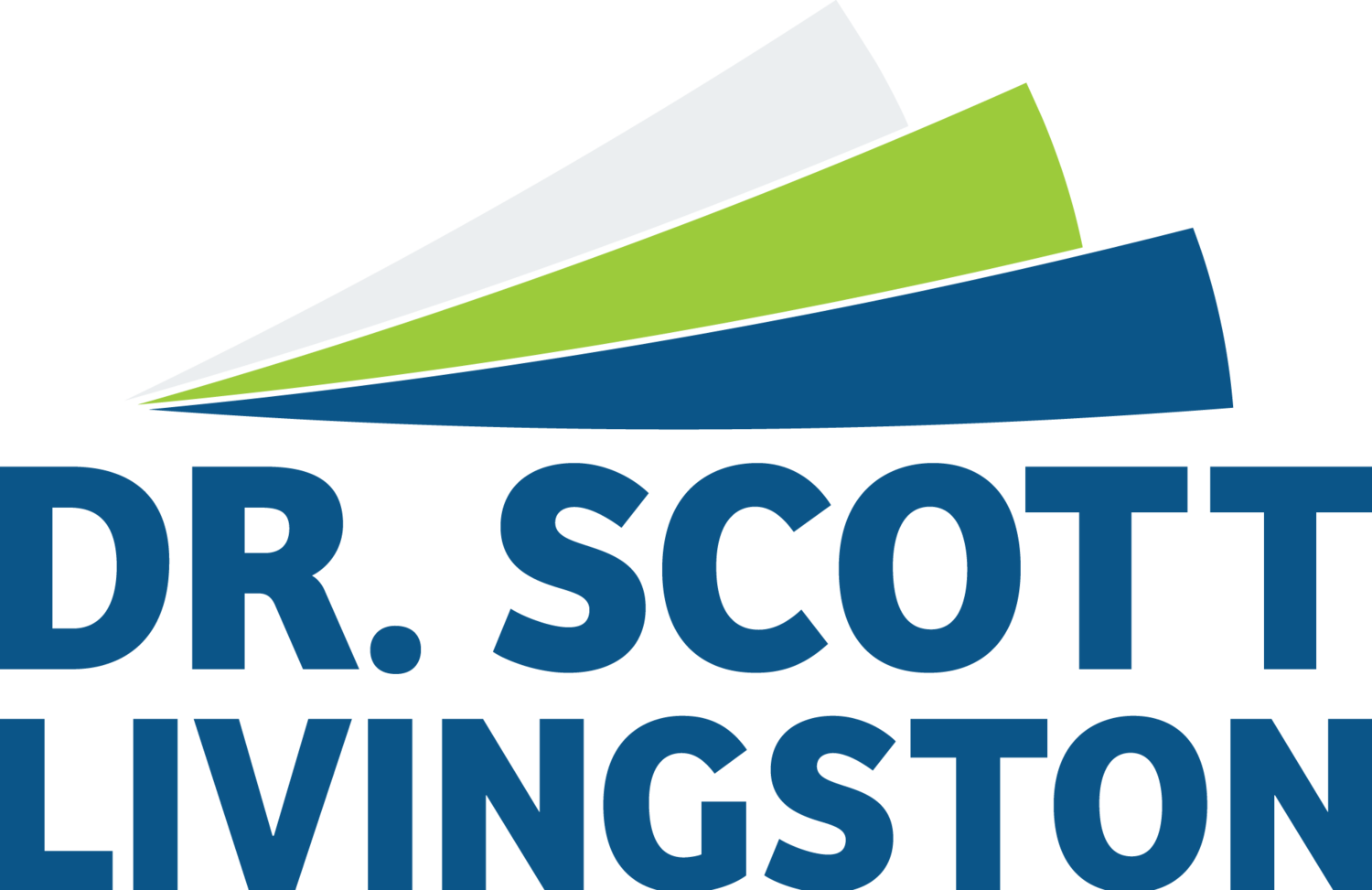My wife and I are currently on a much needed and restorative vacation. We are spending time with our kids and grandkids and refreshing by emotionally disengaging from the business for a few days.
It is the idea of emotional disengagement that I want to challenge you with today. When you take time away from your work, whether it is on your day off, or over a holiday, or perhaps a vacation or sabbatical, are you able to emotionally disengage?
I know some of you will be saying, "No way! I could never do that. I just can not emotionally disengage," there is:
Too much going on with the new product launch
There are performance reviews due the week I get back
There is a significant shortfall in revenue and I need to have action steps in place
Email. There is always email. It just never seems to stop.
I will look weak or unprepared if I take my foot off the gas and drive the organization.
I have heard every reason leaders give as to why they have a hard time disengaging. Worse yet, at some point in my career, I have probably said them all too.
As I was journaling about this very topic, two things really stuck out to me:
First, I don’t think I realized how tired I was until I took some time off and really rested. Second, I am putting way too high of a value on my self-regard. I made so many excuses for why I was unable to emotionally disengage. I told myself:
I am so important that the product won’t launch without me.
I am the boss and people need to know my opinion of their work.
Superman to the revenue rescue! I am the man who can turn it all around in one week!
I might miss something or more likely someone will need my opinion.
I can’t afford to look weak or unprepared.
While no one wants to admit when they need a dose of humility, a healthy check of mental restoration shows us that there is tension in this equation. I don’t know a leader who wants to look weak or unprepared, so rest assured I am not saying this. What I am saying is that if leaders do not actively disengage themselves from time to time they are at risk for becoming emotionally exhausted.
Emotional Exhaustion
Emotional exhaustion is the core factor in what is commonly referred to as burnout. This that state of having nothing left to give to others physically or emotionally to others. It leads to poor performance, low levels of commitment, and turnover.
According to work by Leiter and Maslach on emotional exhaustion, the first sign to watch for are feelings of being overextended. When you would normally leave work around 5 or 6, but find yourself still answering emails or taking work home with you. Being overextended can show itself in a number of ways, from poor prioritization to losing your “cool” and getting frustrated by things that are usually no big deal.
Now neuroscience kicks in.
Your reptilian brain senses your fear that you are not performing at your best. Then your need to survive kicks in. If I don’t keep going I will lose my job, you tell yourself in your thought life.
When you notice this kind of self-talk it is time to stop, take a deep breath, invoke feelings of empathy for others, and start asking questions. This process has been shown to slow down your survival-brain so that you can engage your thinking mind. When you engage your thinking mind you will realize that this is not a time to work harder, but to take a break.
In my experience, leaders not only need to be on the lookout for themselves, but also for others in the organization. This same line of research shows that those most prone to burnout are often the most dedicated and committed to the organization, working too much, too long, and too intensely. Three factors are common with the type of person susceptible to burnout. The individual may want to please others to the extent that he or she feels guilty when requested to give more time, has a strong need to help, and experiences boredom due to a routine job.
I am Experiencing Emotional Exhaustion…Now What?
According to Barari and Barari (2015), EI training has been found to be effective in leadership training and reducing burnout. Additionally, implementing employee intervention programs, like “What You Know About Stress Is Killing You,” which identify stressors and helps build a plan to buffer the effects of negative emotions caused by stress, have been found to be very effective in reducing some types of emotional exhaustion. Finally, because positive interpersonal relationships are absolutely vital in reducing both workplace stressors and employee turnover, ensuring that you lead a culture that values and supports friendships between coworkers is a must. Programs that promote healthy work-related relationships and team bonding are vital.
Remember, your knee-jerk, reptilian brain, emotional response to exhaustion is to power through it. Science says the opposite. These unique times we are living in may make it difficult for some to grab a cup of coffee with a friend, but make it your goal this week to schedule a phone call, or better yet, a Facetime or Zoom. Purely for the benefit of connection and enjoyment. Notice how it affects your stress level.
Or better yet, why not schedule that vacation you have been dreaming of taking?
Homework: Why not identify some stressors that you are feeling and talk with a coach or mentor about some things you might do to relieve the stress and some of the emotional exhaustion you are feeling. The other thing I recommend is that you schedule a vacation, and this time try to disengage for 4 or 5 days in a row.








